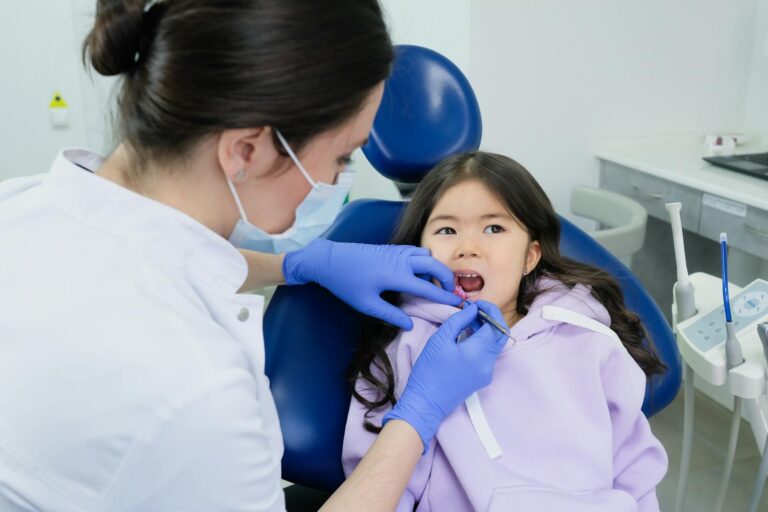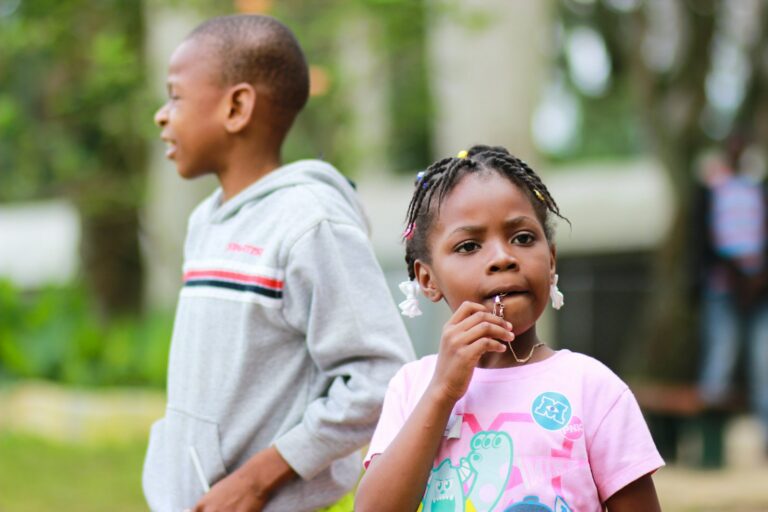How to Clean Baby Gums Before Teeth Erupt
When we think about oral care, we usually imagine brushing teeth, flossing, and regular checkups. But what many parents don’t realize is that dental hygiene actually begins long before a baby’s first tooth makes an appearance. In fact, cleaning your baby’s gums—even before any teeth erupt—is one of the most important (and often overlooked) steps in setting the stage for a lifetime of healthy smiles.
You might be wondering: if there are no teeth yet, why does it matter? Let’s break it down.
Why clean baby gums?
Even before teeth erupt, your baby’s mouth is exposed to milk, formula, bacteria, and sugar from food particles. If these substances are allowed to accumulate on the gums and tongue, they can create an environment that promotes bacterial growth. When the first teeth do begin to push through, they erupt into that environment—and that’s when early decay can begin.
Gently cleaning your baby’s gums not only removes leftover milk or food but also helps reduce the amount of bacteria in the mouth. It also gets your baby used to the feeling of oral care, making tooth brushing easier and more familiar later on.
The best time to start? Right from birth.
How to clean baby gums step-by-step
Cleaning your baby’s gums is simple, doesn’t require any fancy tools, and can easily be done as part of your daily routine. Here’s how:
Wash Your Hands Thoroughly
Before you touch your baby’s mouth—whether it’s to clean their gums, check for signs of teething, or simply soothe them—it’s essential to wash your hands with soap and warm water. Babies have delicate immune systems, and their mouths are especially sensitive to bacteria and germs that can be easily transferred from your hands.
Take at least 20 seconds to wash, making sure to clean all parts of your hands: the palms, backs of your hands, between the fingers, and under the nails. Dry them with a clean towel or let them air dry before beginning the gum-cleaning routine.
This step might seem small, but it’s an important way to prevent the introduction of harmful bacteria into your baby’s mouth. Consistently practicing good hand hygiene also models healthy habits for your child as they grow.
Use a Soft, Clean Cloth or Gauze
After washing your hands, prepare the material you’ll use to clean your baby’s gums. You can use a soft, lint-free washcloth, a piece of muslin, or a square of sterile gauze—anything that’s gentle, non-abrasive, and safe for your baby’s delicate oral tissues.
Moisten the cloth or gauze with clean, warm water—just enough to make it damp but not dripping. There’s no need to add any toothpaste, soap, or cleaning agents at this stage. In fact, using products with chemicals or flavors on an infant who hasn’t yet developed teeth can irritate the gums or even be accidentally swallowed.
The warmth of the water helps loosen milk residue or food particles, making the cleaning more comfortable and effective. It also provides a soothing sensation that many babies enjoy—especially during teething.
By choosing a soft material and using only plain water, you’re ensuring that your baby’s first experience with oral hygiene is gentle, safe, and pleasant.
Wrap It around Your Finger
Once you’ve moistened the cloth or sterile gauze with warm water, take a moment to wrap it snugly around your index finger. This allows you to have full control over your movements while cleaning your baby’s mouth, and helps prevent slipping during the process.
Make sure the material is wrapped tightly enough that it won’t shift or unravel as you clean, but not so tight that it restricts your finger’s flexibility. Using your index finger gives you better precision and sensitivity—important because your baby’s gums are very soft and still developing.
This method also allows you to reach different areas of the mouth—such as the upper and lower gums, inner cheeks, and tongue—with gentle, guided pressure. Your finger becomes a soft, safe tool that mimics the touch of a natural object, making the experience less intimidating for your baby.
By wrapping the cloth securely and using your own finger, you’re providing both comfort and control, ensuring a calm, soothing gum-cleaning routine.
Gently Wipe Your Baby’s Gums
With the damp cloth or gauze securely wrapped around your finger, begin cleaning your baby’s mouth by gently wiping along the upper and lower gumlines. Use soft, circular motions to carefully remove any milk residue, food particles, or saliva that may have built up.
Start with the upper gums and work your way to the lower gums, moving slowly and patiently. Make sure to clean both the front and back surfaces of the gums, as bacteria can collect in any area—even where there are no teeth yet.
Next, gently swipe the inside of your baby’s cheeks. These areas can also harbor milk or formula, and cleaning them helps reduce bacteria that might affect future tooth development. After that, softly clean the surface of the tongue. If you notice a white coating, gently wiping it away can help prevent oral issues like thrush.
It’s important to be extremely gentle throughout the process. Your baby’s gums and oral tissues are delicate and sensitive, especially in the early months. This cleaning should never cause pain or irritation—in fact, many babies find it calming or even enjoyable, especially if it becomes part of a daily routine.
As you clean, talk softly to your baby or hum a familiar tune. This not only soothes them but also helps build a positive association with oral care from the very beginning.
Do It at Least Once a Day
To get the most benefit from cleaning your baby’s gums, it’s important to make it a consistent habit. Aim to do it at least once a day, but ideally twice—once in the morning after their first feeding and once again at night before they go to sleep.
Cleaning after feedings helps remove milk or formula residue that can sit on the gums and tongue, creating a breeding ground for bacteria. The nighttime cleaning is especially important because saliva production naturally decreases while your baby sleeps, making it easier for bacteria to grow overnight.
Just like a warm bath or lullaby, gum cleaning can become a gentle and soothing part of your baby’s routine. When done regularly, it helps your child become more comfortable with oral care, builds healthy habits early, and prepares them for toothbrushing later on.
Even though there are no visible teeth yet, you’re actively protecting their future smile—one gentle swipe at a time.
As your baby grows, you can transition from a cloth to a silicone finger brush or infant toothbrush once the first tooth appears. But continuing gum care in the early weeks and months lays the groundwork for easier oral hygiene habits later.
Added benefits beyond cleanliness
Aside from keeping the mouth clean, wiping your baby’s gums also stimulates the tissues and improves circulation, which may even provide comfort during the teething phase. It’s also a great bonding moment—most babies love the soothing sensation of a gentle gum massage, and it gives parents a chance to look inside the mouth and check for any early signs of irritation or abnormalities.
What to watch out for
During your daily cleaning, keep an eye on your baby’s mouth. While rare, early signs of oral issues like thrush (white patches on the tongue or cheeks), irritation, or delayed eruption of teeth are easier to catch when you’re already in the habit of checking their gums.
Final Thoughts
Caring for your baby’s oral health doesn’t begin with the first tooth—it begins much earlier, with thoughtful and gentle gum care. By cleaning your baby’s gums every day, you’re not just protecting their mouth from bacteria—you’re helping them build comfort, routine, and a positive relationship with dental hygiene.
Start small. Be gentle. Make it part of your daily love and care. Your baby might not remember it, but their future smile certainly will.






